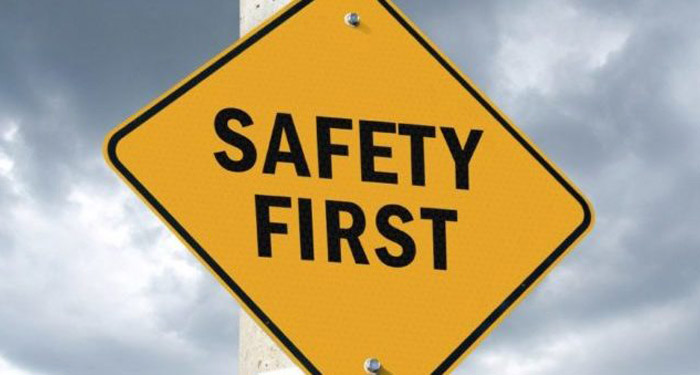In its recently-released guidance on safe gangways, the Shipowners Club shared lessons learned from the fatality of a contractor after falling from an overloaded gangway.
As a gang of 16 cleaning contractors boarded a container ship via the vessel’s gangway in single file, the outboard end of the gangway moved off the quay edge and dropped about 1metre until its weight was taken up by the lowering wires.
Of the last three contractors to step onto the gangway, two lost their balance when the gangway dropped, and fell into the water.
The third managed to hold onto the safety net. Despite an immediate recovery attempt, one of the contractors, who fell into the water, drowned.
Findings
The roller at the bottom of the gangway had not been placed fully on the quay due to the proximity of a shore gantry crane. This resulted in the bottom roller projecting over the water below.
As the contractors climbed the gangway, their combined weight was sufficient to cause harmonic motion that moved the bottom roller off the quay.
The gangway then dropped because the lowering wires had been slackened to allow for movement of the vessel during cargo operations.
The ship’s duty officer and gangway watchmen were positioned at the top of the gangway, where a sign indicating that the maximum number of persons allowed on the gangway was 10, was cited.
Lessons learned
- Although a gangway watch has traditionally been kept at the inboard side of the gangway, this is not always the best position. On occasions such as this, where a large shore gang was embarking, the number of contractors using the gangway would have been easier to control from the quay.
- The maximum capacity or loading of any equipment has been determined for everyone’s safety. However, these restrictions cannot work unless they are monitored and enforced.
- Warning signs will not do their job if they cannot be seen. Warnings relevant to safe use of gangways should therefore be sited at both their inboard and outboard ends.
- For a variety of practical reasons, gangways cannot always be rigged or used as designed. However, they can frequently still be safely used in such situations providing the risks involved are carefully considered, and additional precautions, such as the reduction of its maximum loading, and increased vigilance, are implemented.
This case study was provided by the UK MAIB.

































































